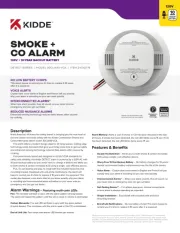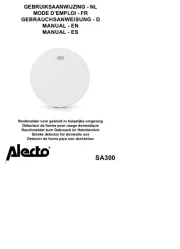Ei Electronics Ei151TL Manual
Ei Electronics
Røgalarm
Ei151TL
| Mærke: | Ei Electronics |
| Kategori: | Røgalarm |
| Model: | Ei151TL |
Har du brug for hjælp?
Hvis du har brug for hjælp til Ei Electronics Ei151TL stil et spørgsmål nedenfor, og andre brugere vil svare dig
Røgalarm Ei Electronics Manualer

7 Februar 2024

20 September 2023

28 Maj 2023

22 December 2022

26 Oktober 2022

26 Oktober 2022

13 Oktober 2022

12 Oktober 2022

5 Oktober 2022

4 Oktober 2022
Røgalarm Manualer
- Nedis
- Pyle
- Emos
- Olympia
- Honeywell
- Housegard
- Calex
- GEV
- Nest
- Schneider
- Kogan
- Mercury
- JUNG
- EQ3
- Marmitek
Nyeste Røgalarm Manualer

25 December 2025

24 December 2025

19 December 2025

9 December 2025

7 December 2025

10 November 2025

8 November 2025

4 November 2025

2 November 2025

1 November 2025
